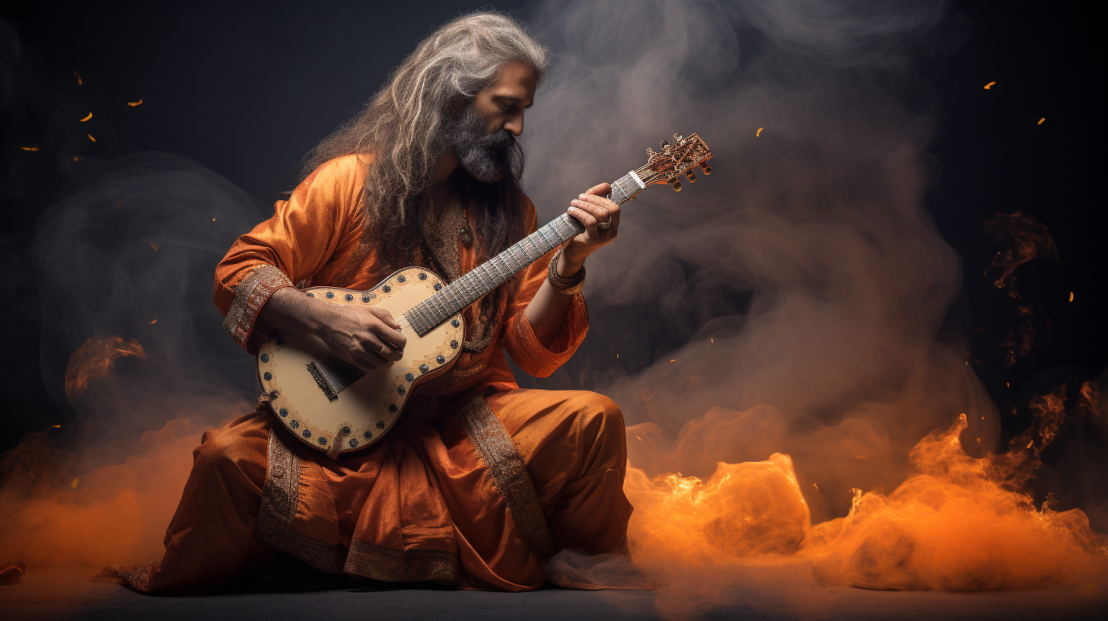Melodies from the Past
Indian classical music, a tradition that dates back thousands of years, is a rich and complex system of melodies and rhythms known as ragas and talas. Each raga, a specific melodic formula, is associated with specific moods, times of the day, and seasons, aiming to induce emotional and psychological responses in both the performer and the listener.
The Science of Sound
In the realm of modern therapy, sound has emerged as a powerful tool for healing and wellness. Sound therapy, including practices like binaural beats and frequency healing, are used to alleviate stress, improve mental clarity, and promote emotional well-being.
The Meeting Point
The ragas of Indian classical music, with their intricate melodies and rhythms, can be seen as early forms of sound therapy. Each raga is designed to bring the listener into a state of harmony and balance, similar to the objectives of modern sound therapy.
Raga and Emotion
For instance, Raga Yaman, often performed at the onset of night, is known to induce a sense of calm and peace. In the context of modern sound therapy, similar frequencies and rhythms are used to reduce anxiety and promote relaxation.
The Universal Language
The universal appeal of music and sound transcends cultural and geographical boundaries. The ancient rhythms of Indian classical music and the frequencies used in modern sound therapy both tap into the universal language of sound, a language that speaks directly to the soul.
Conclusion
As we explore the therapeutic potential of sound, we find ourselves walking a path that was laid down by the ancient Indian musicians. Their profound understanding of the connection between sound, emotion, and well-being continues to resonate in the modern practices of sound therapy, showcasing a timeless wisdom that bridges the past and the present.
